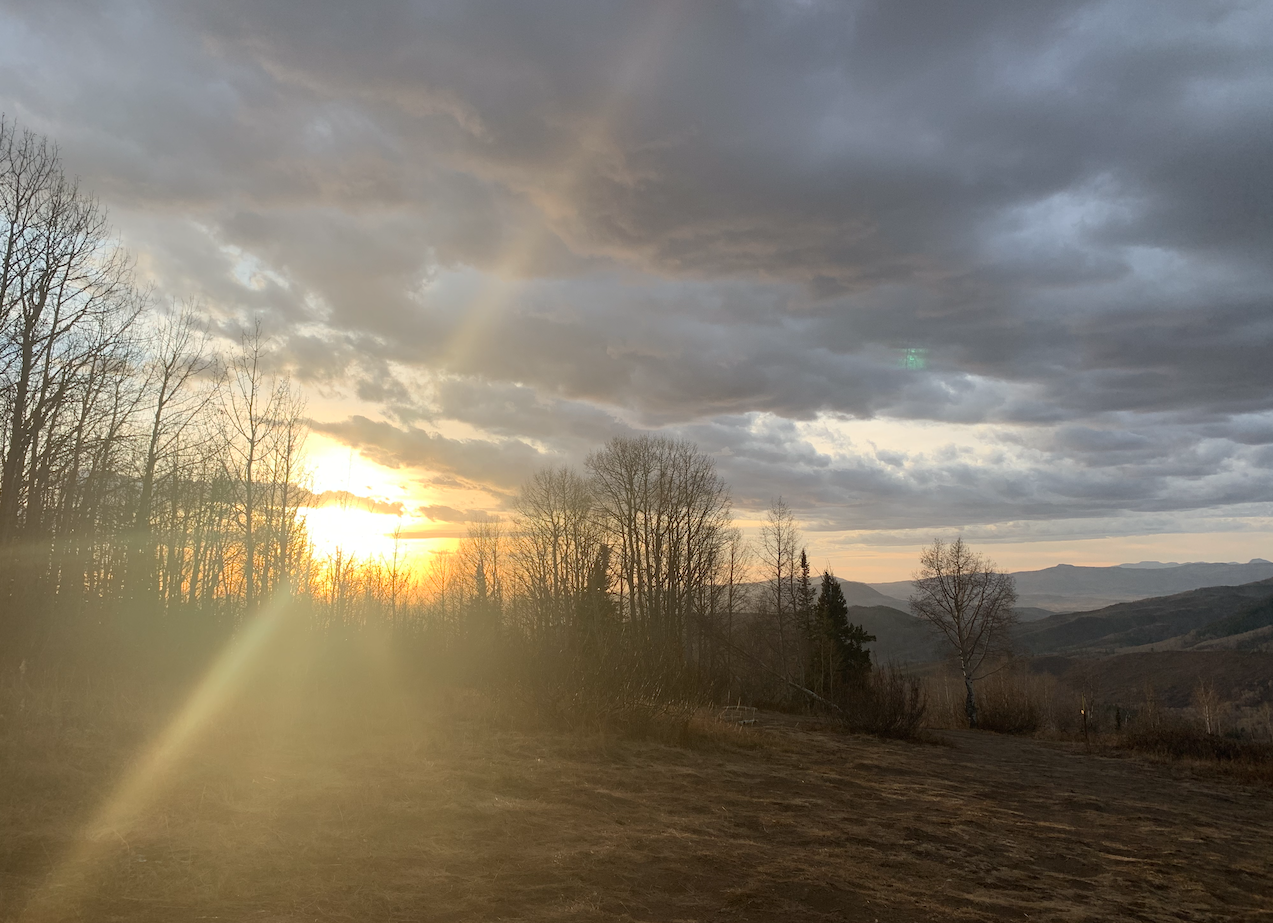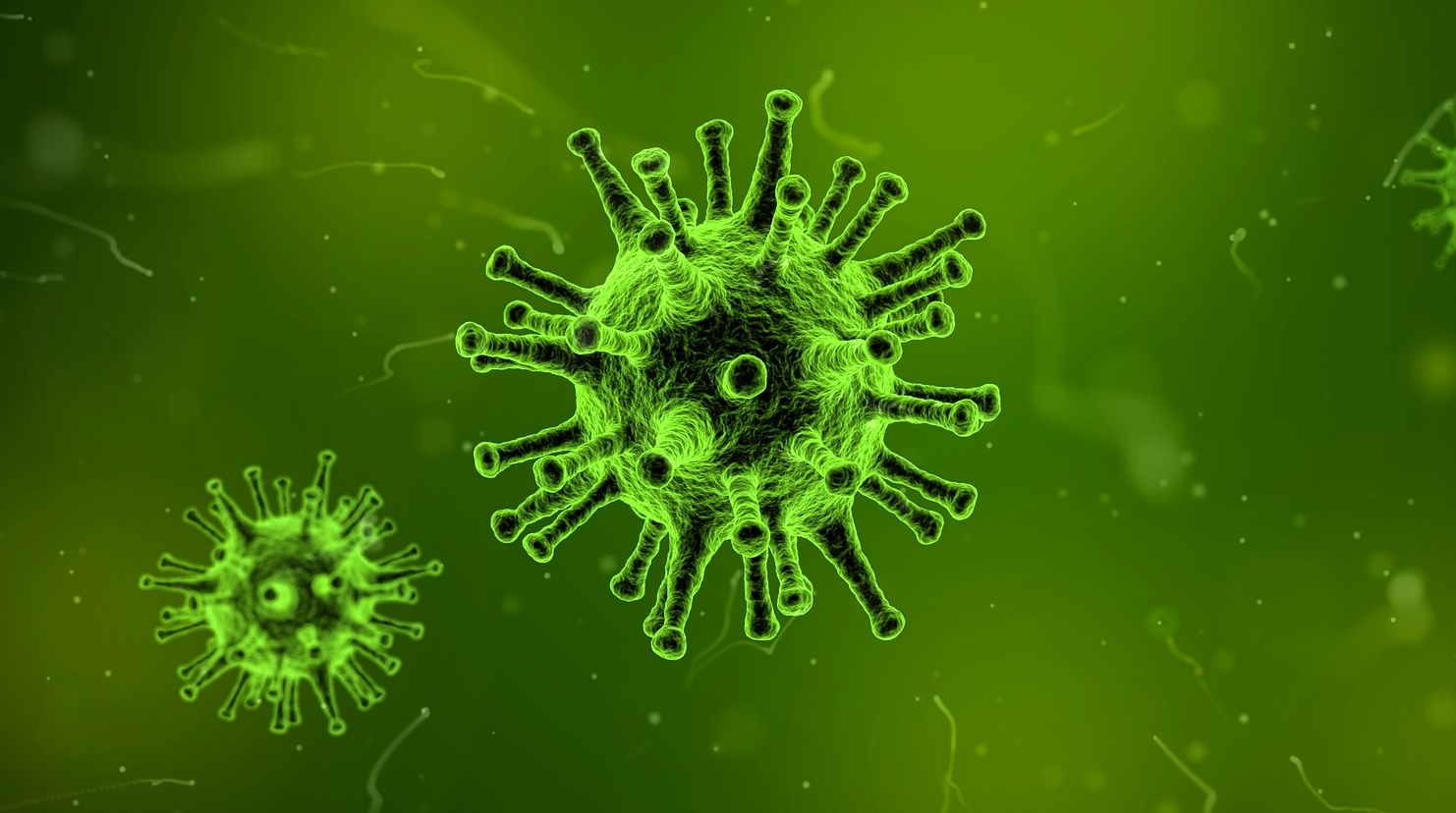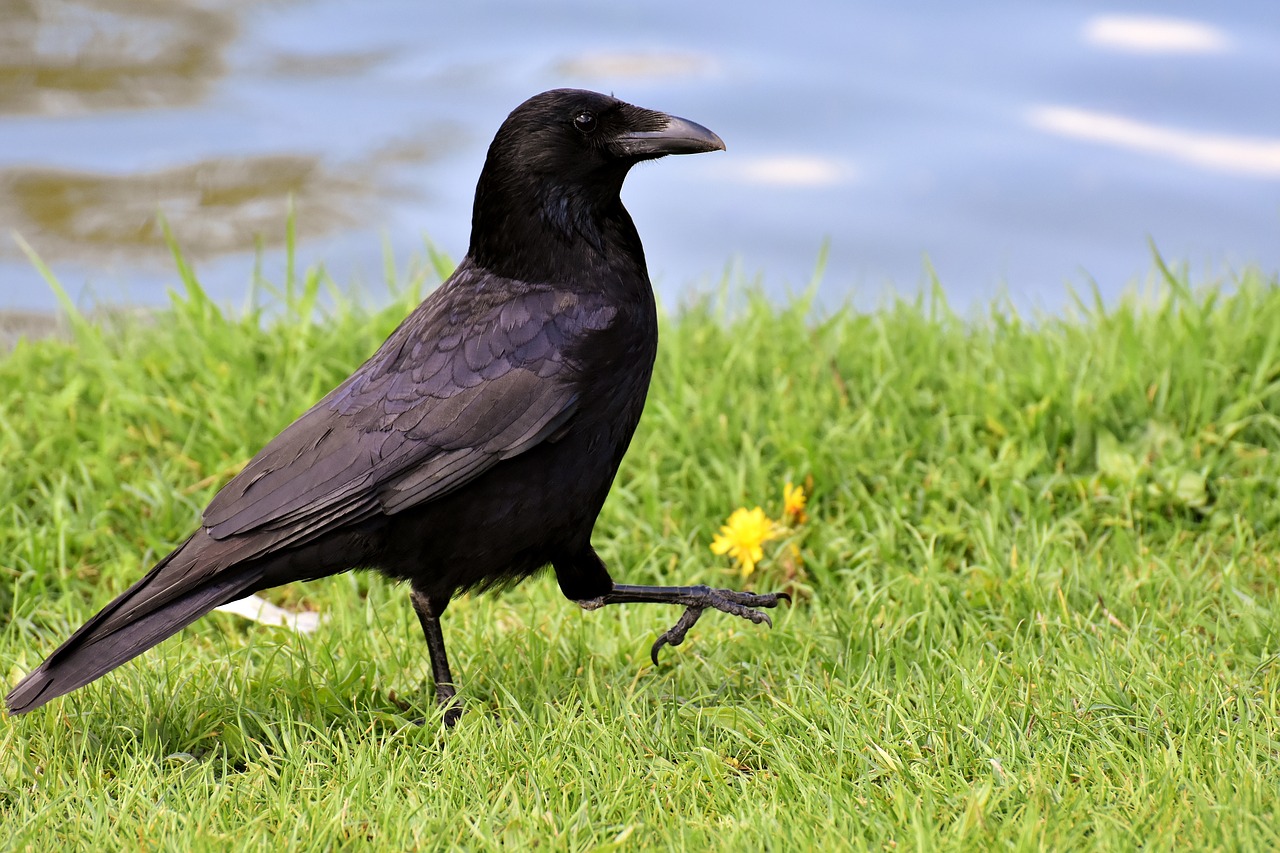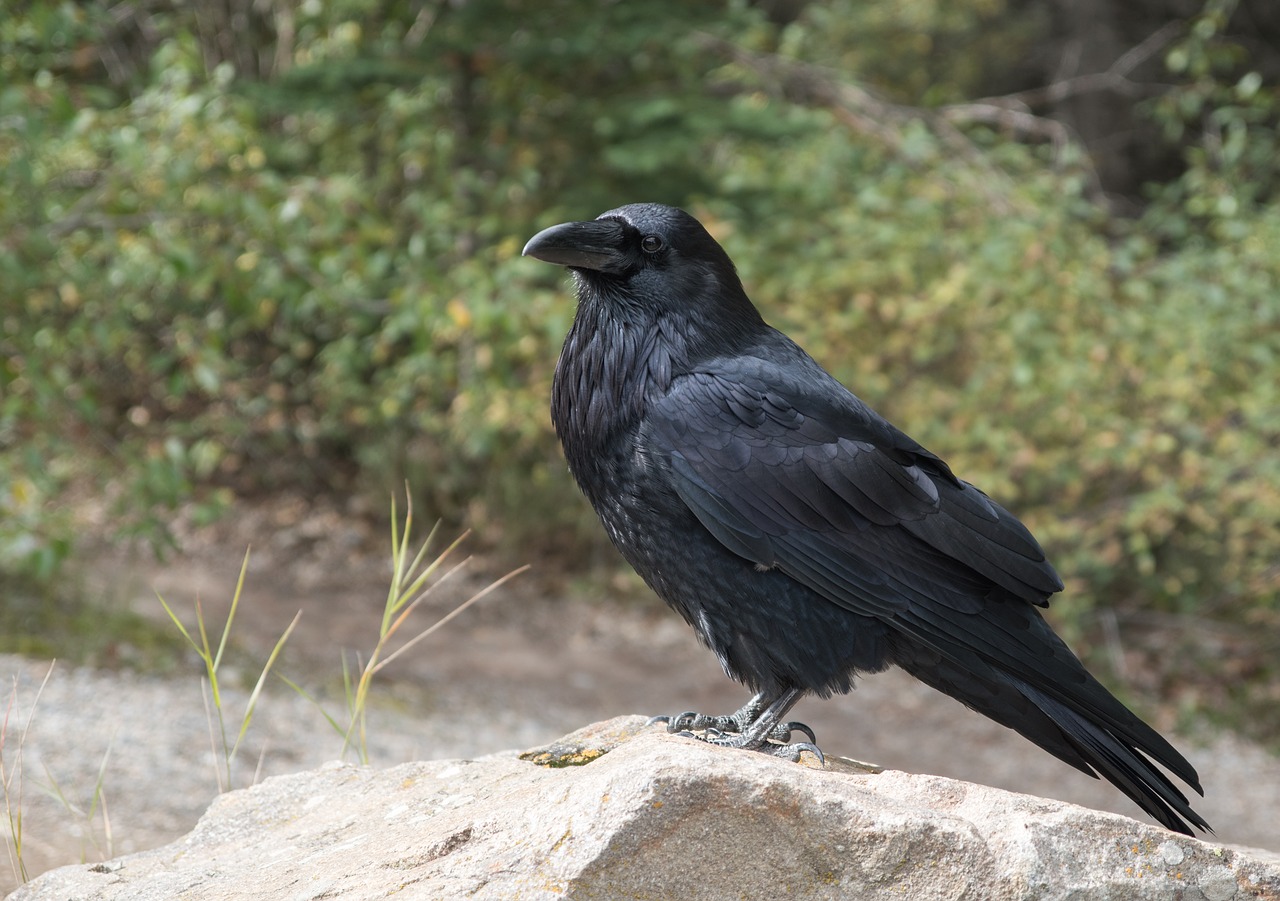Act I: Epidemermis
Aka - Boundary Line. Death Zone. Bacterial breeding grounds.
This is my boundary line. Where I separate from the outside world. Where I become me.
My outermost layer, very strong wall that it is, virtually impermeable to all on the outside. It keeps the enemies out, and keeps my inside parts in.
The living claim the bottom parts, and then slowly rise, shoved up and pushed out as new life begins below. On their way up, these cells release proteins, lipids, keratin. Strengthening the whole, fulfilling their duty even as they march to their death.
Then, it is time. They die, dry, flake, slough, fall off. Millions every day. I leave tiny bits of me everywhere I go.
And there among the sloughing skin, live my bosom buddies, the bacteria. Thousands of them, crowded in, claiming their plot. In between fingers and toes, inside nostrils and ears, belly button, too. Tucked into the far corners of me and spread along the remaining surface, like a well-iced cake. My skin's flora, as though I am a walking botanical garden.
More than 80 species reside on the heel; about 40 between the toes; 60 in nail clippings. They munch away at my sweat, releasing the stink under my arms. I am not smelly on my own.
Mostly, my bacteria in residence are good, or at least, they do no harm. They keep the bad guys away, secreting nasty chemicals and calling my immune system into action. But I never get too comfortable with these nice guys: let some in, and they'll wreak havoc, infecting lungs and bones and gut and joints.
Intermission: The Basement Membrane
Thin, fibrous sheet. Made by both the layer above and the layer below. Bumpy and folded to allow nutrients to pass from bottom to top. Reservoir for supplies in times of skin repair.
Act II: Dermis
Lots of action here, but we'll be quick. It is Act 2, after all.
Dense connective tissue that cushions the body. Life-filled cells surrounded by a thick substance that gives strength and snap-ability to the skin. Little ropes and proteins and hyaluronic acid, a third of which is degraded and remade each day.
The necessary bits live here: hair follicles and sweat glands, lymphatic vessels and blood vessels. The dermis is home to many.
Including feeling. The myriad nerve endings that communicate touch and heat and pressure and vibration and more to me. They're how I know to drop the burning pan. How I know that my child's hair is silky smooth. How I know the wet slide of a tear, the tight squeeze of a hug, the warmth of a fire.
Act III: Hypodermis
The grand finale now. The part that holds it all together, attaching the slim skin layers to the muscle and bone beneath. Fat lives here, too, keeping me warm and buffered from winter winds, sometimes making my clothes squeeze tight. If this layer gave up, threw in the towel, quick, then everything else - my boundary with the world - would slip off and fall away.
And I would be lost.
__________
Creative Commons/Pixabay




























